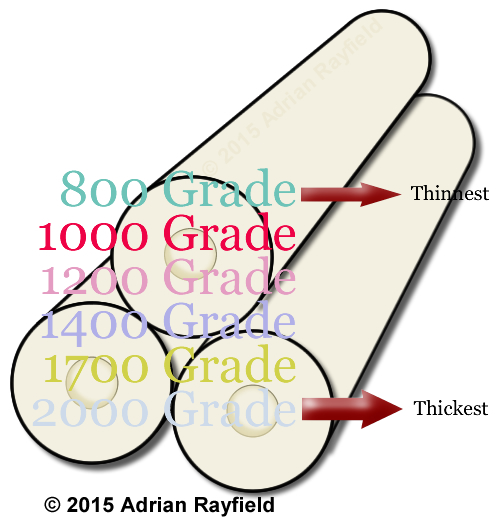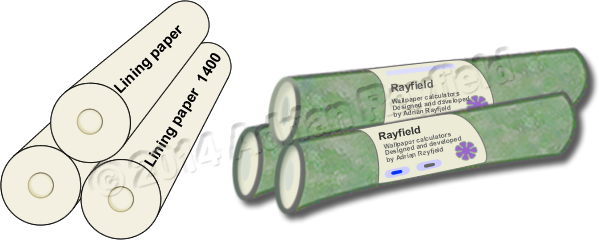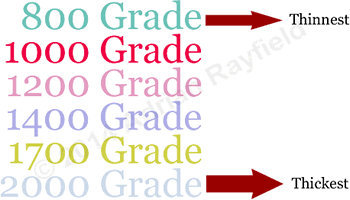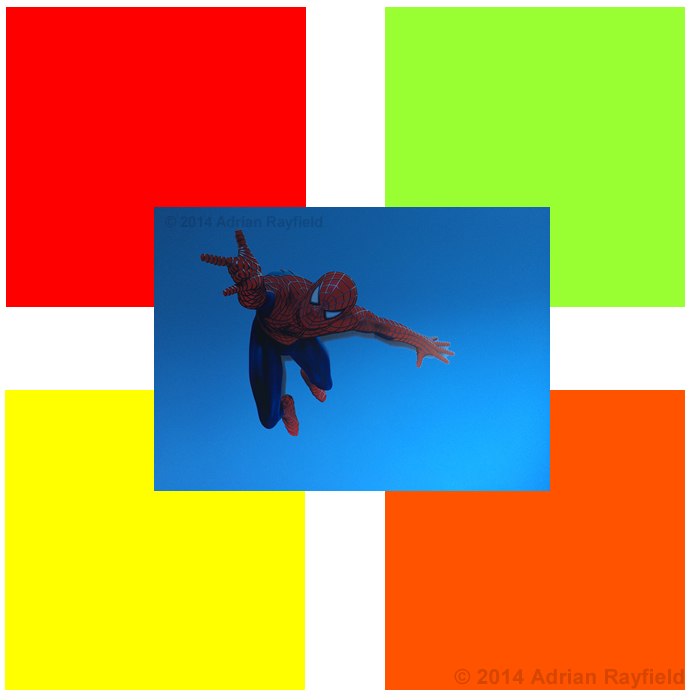Painting, decorating and home improvement tips blog
Lining paper, what is it?
Posted by Adrian
April 30th, 2019
Lining paper, what is it?
Lining paper has been traditionally used to produce a good, sound, smooth surface for wallpapering over, however it is now more popular to hang lining paper and emulsion over it.
Lining paper is used to remove any small imperfections on a wall or ceiling, it is not however a miracle cure, so preparation should always be done before hanging lining paper. It isn’t a substitute for plastering either.
Once all the holes and cracks have been filled, the walls or ceiling should be properly rubbed down and any filler should be sanded smooth and level. One this is done dust down the walls to remove any loose debris. You can seal any filler by either using a ‘size’ such as watered down wallpaper paste, or you can emulsion over the filler to help seal it off.

What thickness lining paper
Lining paper comes in different thicknesses, guages or grades, this refers to their weight. they start at 800 guage and go up to 2000 guage, it all depends on how thick you want it to be. Lining paper does offer some insulation qualities but there are also specialist papers for this.
A good mid-range lining paper to go for is 1200 or 1400 gauge, they aren’t too thin and not to thick to be hard to work with.
Can I paint lining paper
As mentioned above, lining paper is meant to produce a smooth background for wallpapering over, but yes you can paint over the lining paper once it is fully dried.
Cross lining, what’s that?
Cross-lining is where the lining paper is hung horizontally rather the vertically like traditional wallpapers, normally if you are going to be emulsioning over the lining paper you could hang it as you would wallpaper, vertically.
Once you have hung the lining paper you need to allow it to fully dry before you emulsion over it, this will take normally between 12 – 24 hours depending on drying conditions.
How to measure for lining paper
Before you buy lining paper or order wallpaper you need to know how much to buy, I have written an article on how to measure a room for wallpaper that explains how you need to do it. I have also written a wallpaper calculator so you can work out how many rolls of wallpaper you need to buy.
Cost of lining paper
With everyone having to tighten their belts these days, cost is a real factor when it comes to decorating, wallpaper can be very expensive if you plan to wallpaper the entire room, a way around this is to only do one wall, or a feature wall as it is known.
If however you wish to change the look of a room every couple of years, or you have pets or children that makes wallpaper not a viable option, lining paper and emulsion maybe the answer.
Once lining paper has been put up it can painted over and over again, saving costs in the long run as all that is required is a fresh new coat of emulsion. Also, if you then decide to wallpaper at a later date, you can do so over the emulsioned lining paper.
Tags: Cross lining, Emulsion, Feature Wall, Lining Paper, Paint, Wallpaper
Posted in Decorating Tips, Home Improvements, Resources | 3 Comments »
Is it OK to use lining paper on kitchen walls
Posted by Adrian
September 26th, 2014

Is it OK to use lining paper on kitchen walls
Lining paper is used to give a good base to either emulsion or wallpaper over. As long as the preparation is done well and the lining paper is stuck well to the walls, then lining paper is OK to use on kitchen walls.
Safety first
As with all wallpapers, lining paper shouldn’t be hung near naked flames or any ignition source, this is especially true in kitchens.
How much lining paper do I need for my kitchen
It is easy to measure for lining paper, all you require is a tape measure, pencil or pen and a note pad.
Measure the height and perimeter or the walls to be lined and make a note of these measurements. Then go to our wallpaper calculator and enter these measurements, the calculator will then tell you how many rolls of lining paper you need to buy.
What grade of lining paper should I use
Lining paper comes in different thicknesses, known as grades or gauge. Typically in most cases 1200 or 1400 gauge lining paper will be sufficient. However if your walls are in a really bad condition you could use a thicker lining paper such as a 2000 gauge lining paper. You can also buy specialist papers such as thermal liners, soundproofing liners and damp proof liners, but typically standard lining paper will suffice.
Use a good quality paste and follow the manufactures instructions for mixing paste.

Do you need lining paper
Lining paper is not a miracle cure, and it isn’t an easy option that means you do not have to do any preparation, you do. Lining paper isn’t a substitute for good preparation, taking time to fill and sand walls could be a better option than hanging lining paper.
Lining paper is ideal to give good sound base for wallpaper and emulsion but shouldn’t be thought of as a quick fix to smooth walls.
Tags: Gauge, Grade, Kitchen, Lining Paper, Paste, Wallpaper, Wallpaper Calculator
Posted in Decorating Tips | No Comments »
5 things to think about when decorating a childs bedroom
Posted by Adrian
July 7th, 2014

5 things to think about when decorating a childs bedroom
When decorating a childs bedroom there are a few things to think about, such as what colours to use, what the child is going to use the room for, is it going to be a dual purpose room for study and play? Or is it just a play area? Here are just five things to think about.
Bright and bold
Kids love bright and bold colours so reds, yellows, blues and oranges will keep the kids interested and make it a fun room to be in, especially if they are young. Don’t be afraid to use colour in a kids room, you can always change it at a later date when they get older and grow out of the current colour scheme.
Think tough
Kids being kids will make marks on the walls and paintwork so look out for wipeable emulsions and those that say they are tougher than normal, the same goes for woodwork. A good emulsion should allow you to remove any scuffs easily, if you are going to use wallpaper, find a scrubbable and washable paper so marks can be removed.
Murals and drawings
To make a room even more fun, you can add drawings or murals to a wall, or perhaps a decal of their favorite superhero? You could theme a room to what your child is interested in, such as animals, cars, or space, and the theme can be changed as they grow and tastes change. If you are an artist or know a friend who is one, you can have a scene painted onto the walls of over lining paper.
Storage
Kids have a lot of toys and games and you will need somewhere to store them all for when they have finished playing with them at the end of the day, so think of storage solutions, such as underbed storage, cupboards, shelves, and storage boxes. All of these things are relatively cheap to buy and will help keep your kids room clutter free, which will inturn make the task of cleaning just that little bit easier.
Study area
As your children gets older they will need a place to study and do their homework, so a desk will be vital and help them organise their stuff and have a quiet place to study and do their homework. These can be a stand alone desk bought as a flat pack that you assemble yourself, or a custom made one if you have a small or awkward area to fit a desk into. You can do it yourself by buying some wood and board from a DIY store if you are handy with your hands.

Tags: bedroom, Children, Colour, Decorating, Emulsion, Kids, Lining Paper, Mural, Storage, Study, Toys, Wallpaper
Posted in Decorating Tips | No Comments »

